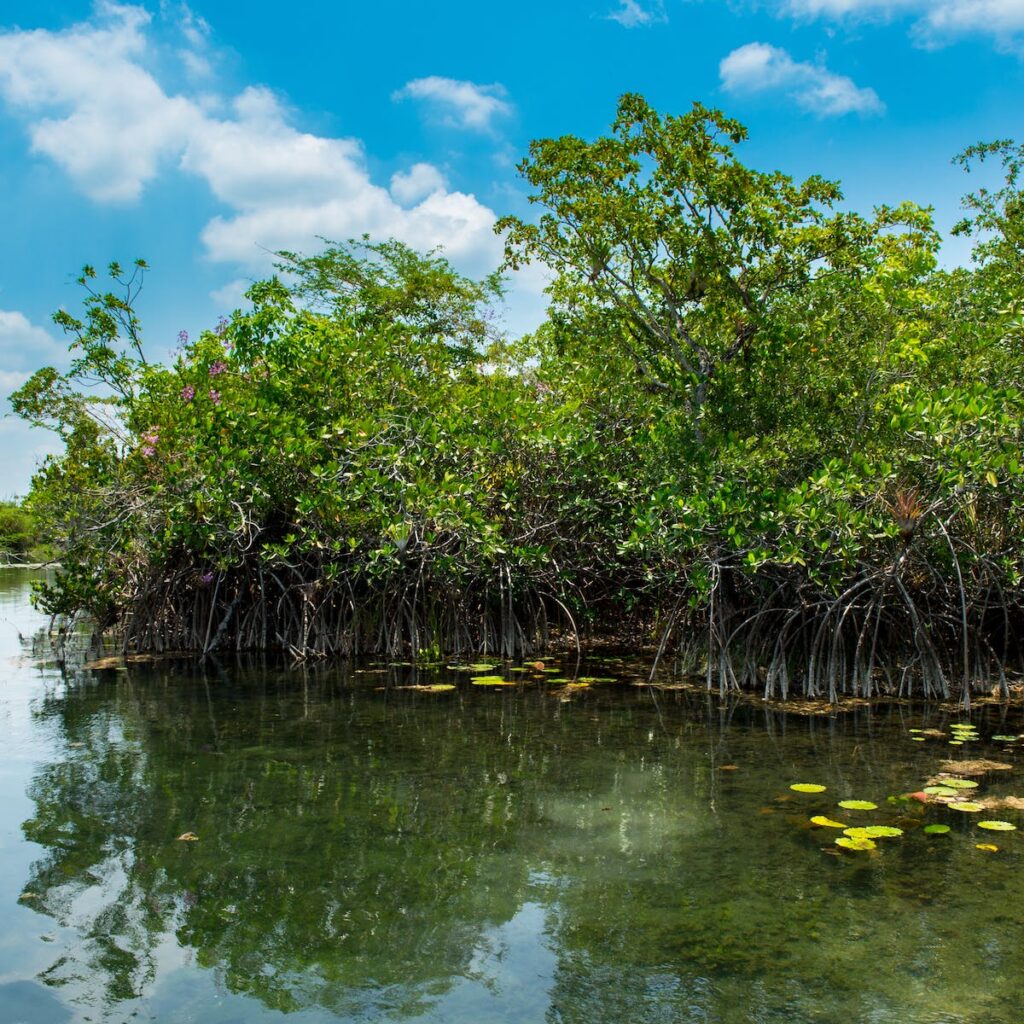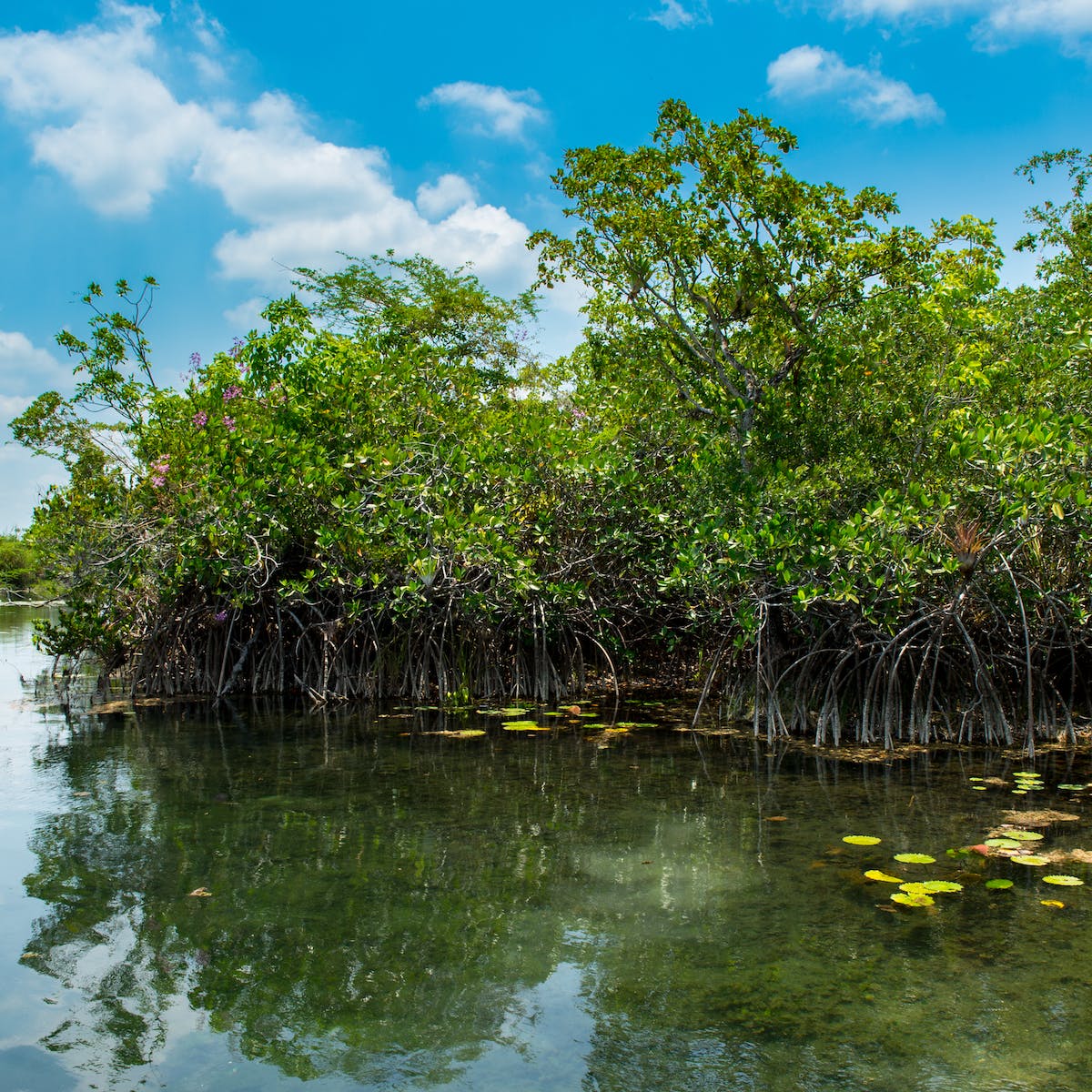Have you ever wondered about the ecological wonders hidden within Mexico’s mangrove forests? These unique ecosystems offer a truly remarkable experience for nature enthusiasts. In this article, we’ll dive into the vibrant biodiversity found in Mexico’s mangrove forests and explore the various attractions and activities available for travelers. So, get ready to embark on a journey through one of nature’s marvels.
Mexico’s mangrove forests are home to a vast array of plant and animal species, making them a hotbed of biodiversity. These coastal wetlands are teeming with life, from towering mangrove trees to vibrant coral reefs. The dense network of roots in the mangroves provides a sanctuary for countless species, and the intertwinement of land and water creates a unique ecosystem that supports both marine and terrestrial life. Within the mangroves, you’ll find an abundance of bird species, reptiles, mammals, and marine creatures. So, if you’re a wildlife enthusiast or simply appreciate the beauty of nature, exploring Mexico’s mangrove forests is an experience you won’t want to miss! In the rest of the article, we’ll delve into more details about specific attractions, such as Mexico’s stunning beaches and hotels, that can enhance your exploration of these ecological wonders.

Exploring the Ecological Wonders of Mexico’s Mangrove Forests
Mexico is known for its vibrant culture, sunny beaches, and delicious cuisine. But did you know that this diverse country is also home to some of the most rich and diverse mangrove forests in the world? These unique ecosystems are a natural treasure, providing a habitat for countless species and playing a vital role in the health of our planet. In this article, we will take you on a journey through Mexico’s mangrove forests, exploring their incredible biodiversity and the importance of preserving these ecological wonders.
What are Mangrove Forests?
Mangrove forests are coastal wetlands characterized by their intertidal trees and shrubs. They thrive in the brackish water of estuaries, lagoons, and protected bays, where saltwater and freshwater mix. Mexico’s mangroves are predominantly found along its extensive coastline, spanning the Gulf of California, the Pacific Ocean, and the Gulf of Mexico.
The Mangrove Biodiversity
Mexico’s mangrove forests are incredibly diverse, both in terms of plant and animal life. Mangroves act as nursery grounds and shelter for a variety of marine species, including fish, crustaceans, and mollusks. Many commercially important fish species rely on mangroves for their survival, making these forests critical for local fishing communities and the wider marine ecosystem.
Flora of Mexico’s Mangroves
In Mexico’s mangrove forests, you will find a wide array of plant species uniquely adapted to thrive in the challenging saltwater conditions. The most common mangrove trees include the red mangrove, black mangrove, white mangrove, and buttonwood mangrove. Each species has its own distinct features and ecological role.
The red mangrove, distinguished by its sprawling prop roots and vibrant red bark, helps stabilize the mudflats and provides a home for various organisms. The black mangrove, with its intricate root system and pneumatophores, plays a crucial role in oxygen supply to the tree roots in waterlogged soils. The white mangrove, with its delicate leaves and characteristic white bark, is often found at the highest point within the intertidal zone, acting as a buffer between the land and sea. Lastly, the buttonwood mangrove, recognizable by its gnarled branches and ability to tolerate salt spray, can often be found at the edges of mangrove forests.
Fauna of Mexico’s Mangroves
The biodiversity of Mexico’s mangrove forests extends to its animal inhabitants as well. These unique ecosystems are home to a wide variety of wildlife, including birds, mammals, reptiles, and amphibians. Several bird species, such as herons, egrets, and ibises, depend on mangroves for nesting and foraging grounds. The mangroves also provide a haven for numerous migratory bird species, making them a hotspot for birdwatching enthusiasts.
One of the most fascinating reptiles found in Mexico’s mangrove forests is the American crocodile. These magnificent creatures can grow up to six meters long and are considered a keystone species within the mangroves. Their presence helps regulate the population of other species, ensuring a balanced ecosystem. Other reptiles commonly found in these forests include snakes, iguanas, and turtles.
Environmental Benefits of Mangrove Forests
Aside from their extraordinary biodiversity, Mexico’s mangrove forests provide numerous environmental benefits that are vital for the health of our planet. One of their most significant contributions is their ability to combat climate change. Mangroves store vast amounts of carbon in their sediments and vegetation, making them excellent carbon sinks. Preserving and restoring mangrove habitats is key to mitigating the effects of greenhouse gas emissions and global warming.
Mangroves also act as natural barriers, protecting coastal communities from storms, hurricanes, and erosion. Their intricate root systems help stabilize the shoreline, reducing the risk of coastal flooding and providing a buffer against high winds. This natural defense mechanism has proven to be highly effective in protecting vulnerable communities and infrastructure from the impacts of climate change.
Threats to Mexico’s Mangroves
Despite their ecological importance, Mexico’s mangrove forests face a range of threats that endanger their survival. One of the biggest challenges is habitat destruction due to urban development, agriculture, and aquaculture projects. The clearing of mangroves for tourist resorts, shrimp farms, and oil extraction disrupts the delicate balance of these ecosystems and leads to the loss of valuable biodiversity.
Another major threat is pollution, both from industrial activities and improper waste management. Chemical pollutants and excessive nutrient runoff can harm the delicate balance of the mangrove ecosystems, affecting the health of plants, animals, and humans alike. It is crucial for both government and local communities to implement sustainable practices and ensure the protection of these invaluable habitats.
Conservation Efforts and Responsible Tourism
Thankfully, awareness of the importance of mangroves and their conservation has been growing in recent years. Various organizations and government agencies are working together to protect and restore Mexico’s mangrove forests. Efforts include establishing protected areas, implementing sustainable fishing practices, and educating local communities on the importance of these unique ecosystems.
As a traveler, you can also contribute to the preservation of Mexico’s mangroves. When visiting coastal areas with mangrove forests, choose responsible tour operators that prioritize environmental sustainability and respect for nature. Avoid activities that may harm the ecosystems, such as littering or disturbing wildlife. By being a conscientious tourist, you can support the conservation efforts and help ensure that future generations will be able to experience the ecological wonders of Mexico’s mangrove forests.
Conclusion
Mexico’s mangrove forests are truly remarkable ecological wonders that deserve our utmost attention and protection. Their exceptional biodiversity, environmental benefits, and cultural significance make them an integral part of Mexico’s natural heritage. By understanding and appreciating the importance of these unique ecosystems, we can work together to safeguard their future and ensure their continued existence. Let us explore and celebrate the rich biodiversity of Mexico’s mangrove forests, and strive to preserve them for generations to come.
